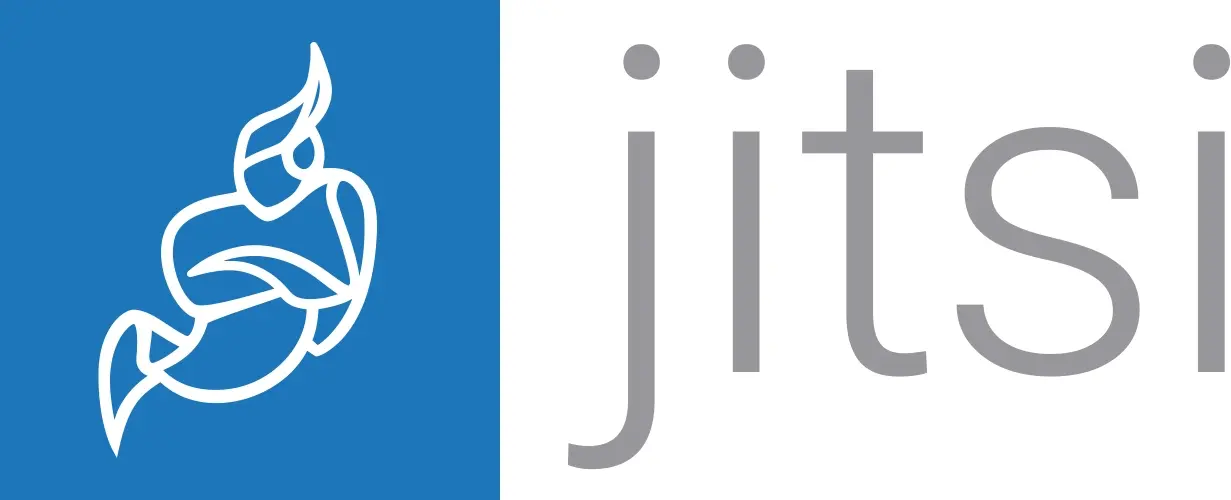While Jitsi is open-source, most people use the platform they provide, meet.jit.si, for immediate conference calls. They have now introduced a “Know Your Customer” policy and require at least one of the attendees to log in with a Facebook, Github (Microsoft), or Google account.
One option to avoid this is to self-host, but then you’ll be identifiable via your domain and have to maintain a server.
As a true alternative to Jitsi, there’s jami.net. It is a decentralized conference app, free open-source, and account creation is optional. It’s available for all major platforms (Mac, Windows, Linux, iOS, Android), including on F-Droid.



Never used Jitsi. Above you indirectly say that from the functional point of view Jitsi is noticeably worse than meeting solutions of MS/Google/FB. Is this really so?
I don’t know how I indirectly said that. I certainly didn’t mean to. Its less well known, perfectly fine, and it’s killer feature for a long time has been being decoupled from privacy disrespecting big tech companies
“If someone was using Jitsi, it was specifically to not use a login with any of those providers” this sounds like the only reason to use jitsi is avoid big guys, and if you cannot avoid them jitsi makes no sense - i.e. “no big guys” is the only feature worth it.
Btw, “login via Google” and use “Google meet” are significantly different cases from privacy point of view.
It’s not the only reason to use jitsi, just that most people wouldn’t bother seeking any alternative if they didn’t care.
“Main motivating factor” != “Only viable reason”
Sorry for any unclarity I introduced. And yes, login via google vs full on google meet are two different things, but if I have to login via google for Jitsi I’m suddenly far more likely to use Jami
My experience has been that Jitsi is much better when the connection is bad. However, its default setting is that video is cropped to be square, which is very bad. I don’t even think that the user can change that.